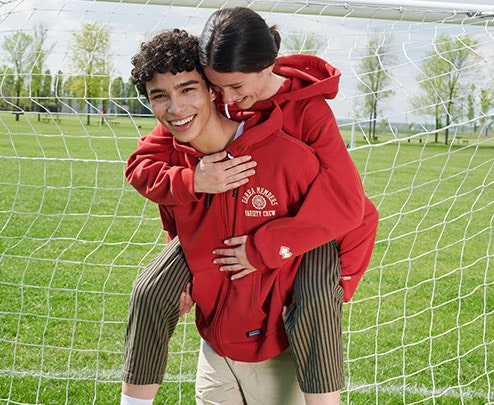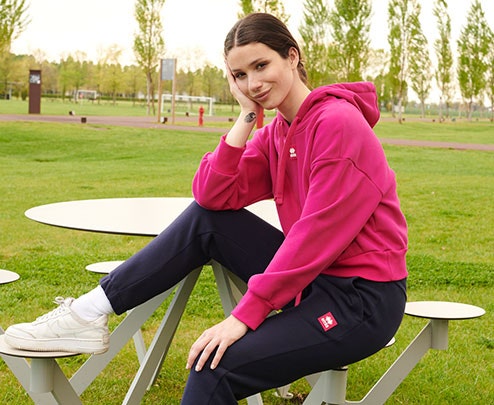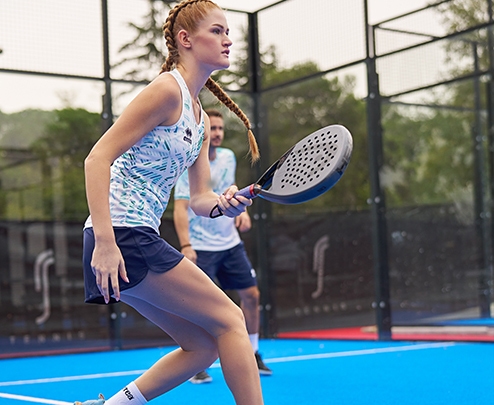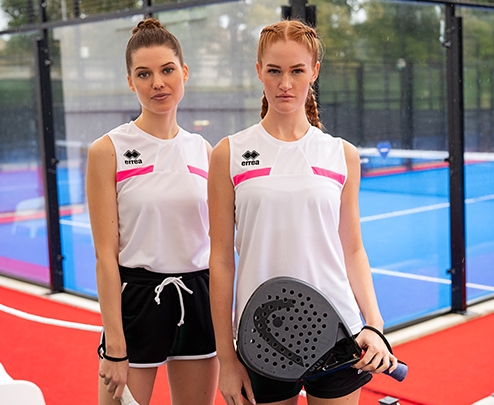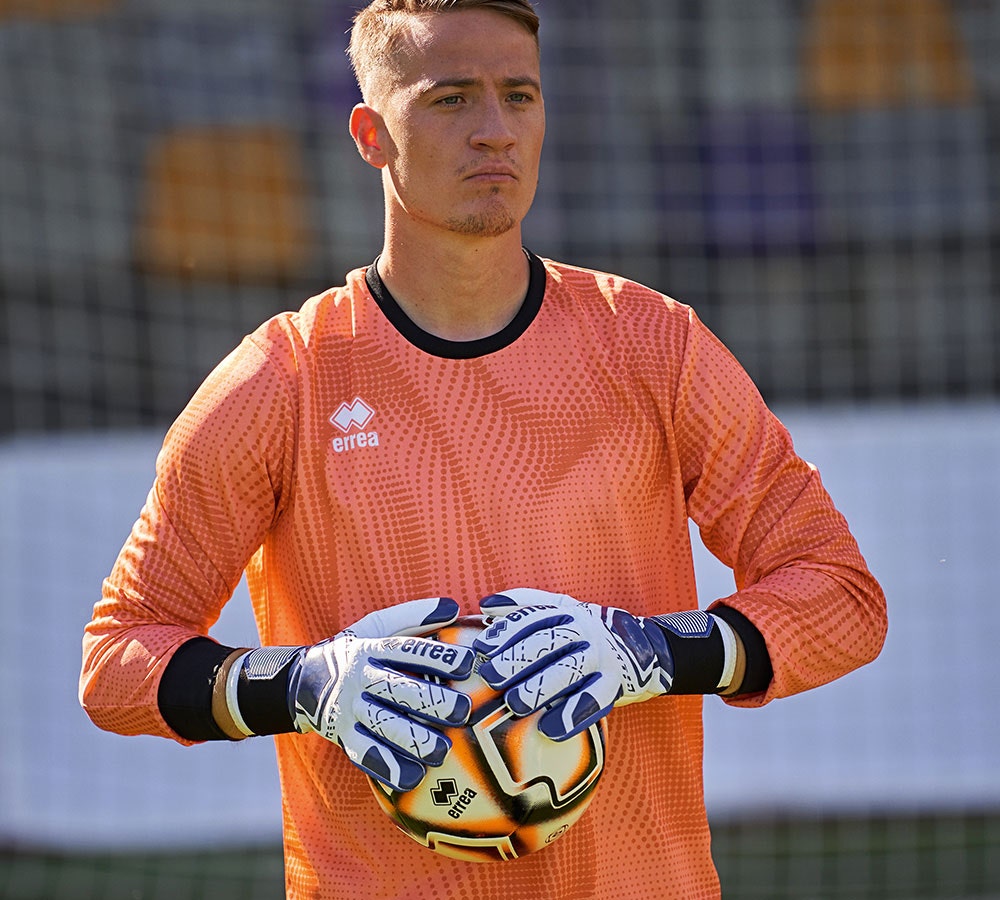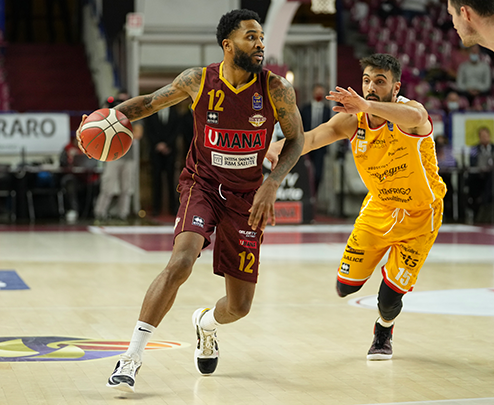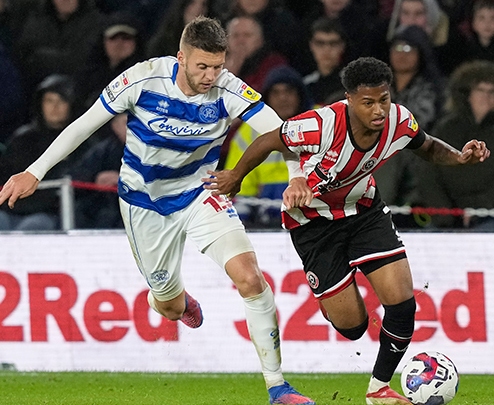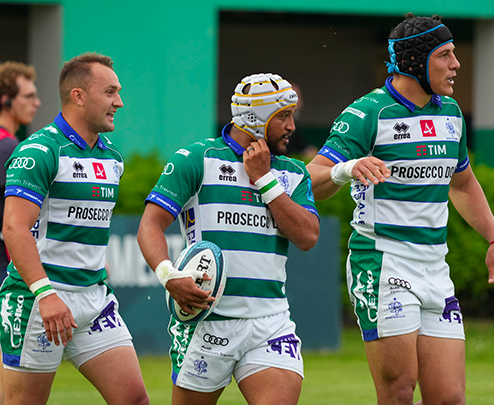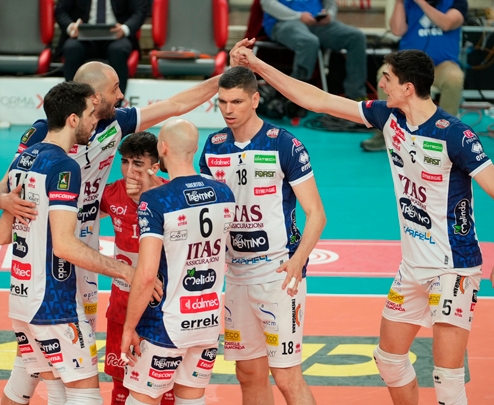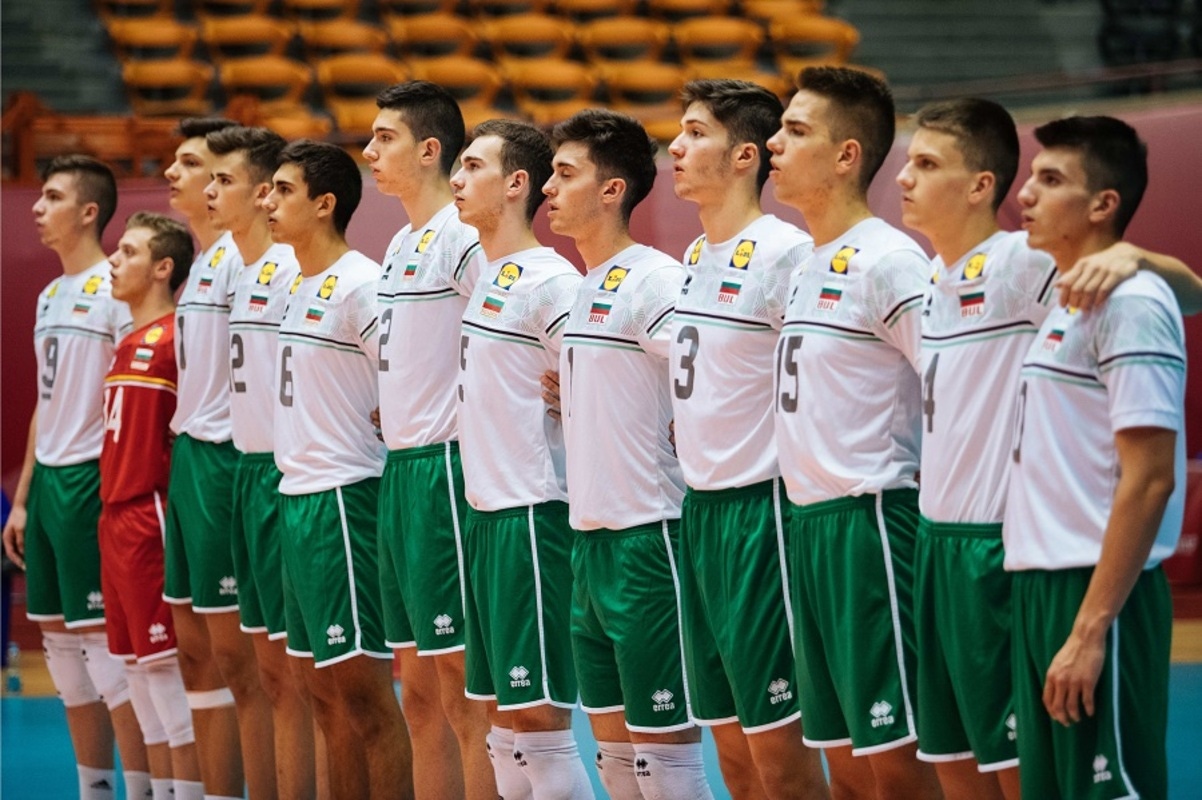Sports can be of huge benefit to children's physical, emotional, and social development. However, choosing the right sport for your children can be a big decision. In this article, we look at some tips to help you choose the most suitable sport for your children, taking account of various factors such as age, personal preferences, and individual characteristics.
When to introduce children to sport
Parents often ask when they should introduce children to sport. Here are some things to consider:
- Motor development: Children should have good coordination and a certain degree of muscle control before starting to play sport. Children usually reach a stage of motor development that would allow them to take part in games and structured physical activity at the age of 3 or 4
- Interest and motivation: It's important to observe the child's interest in physical activities. If they are curious and want to get involved in a specific sport, it could be a good time to start.
- Play-based approach: It's a good idea to start with fun, play-based activities that encourage active participation. Simple games, like throwing a ball or running, can be a fun way to introduce children to sport.
Sport for 3-year-olds
At 3, children are still very young; they are developing their basic motor skills and still have a limited attention span. It is therefore important to choose a motor activity suited to such young children, such as:
- Free play outdoors: Let the child play outdoors, run, jump, climb on small structures, or play with a soft ball. This will help develop their basic motor skills and burn off energy.
- Swimming: Some pools offer swimming classes for very young children. Under the supervision of an expert instructor, children can start to get familiar with the water and learn the most basic swimming techniques.
- Dance: Children's dance classes can be fun and educational, as the discipline helps improve coordination, rhythm, and expression through movement.
- Mini team games: At this age, children can have fun getting involved in simple team games such as football or basketball. Taking part in such activities can teach children the importance of collaboration, social interaction, and developing coordination.
.
Sport for 5-6-year-olds
At 5 or 6, children are ready to participate in more structured sports. Here are some sports suited to this age group:
- Swimming: Swimming is a complete physical activity that develops endurance, strength, and coordination. Swimming lessons for children can help them get familiar with the water and learn the basics of swimming.
- Basketball: Basketball is a team game that promotes coordination, agility, and learning rules. Children can learn to pass, dribble, and shoot the ball at the basket while having fun.
- Karate: Karate gives children the opportunity to develop self-discipline, concentration, and self-defence techniques. Karate lessons specifically designed for children can teach them the basics of this martial art.
Sport for overweight children
For overweight children, it is important to choose a sport that actively involves them and promotes a healthy lifestyle. Good options include:
- Light athletics: Running, long jump, and shot put are activities that can be adapted to the abilities and needs of overweight children, while at the same time encouraging physical activity and the achievement of personal goals.
- Cycling: Cycling is a low-impact activity that can help overweight children improve their cardio-respiratory endurance and muscle strength. Pedalling on the road or on a track can be fun and stimulating.
- Swimming: Swimming is an excellent option for overweight children, as water reduces the impact on the joints. Swimming offers a full body workout and can support weight loss in a healthy way.
Sport for shy children
Many feel that the best thing for a shy child is to sign them up for a team sport. The risk, however, is that this may have the opposite effect and, instead of helping them overcome the shyness, may result in the child seeing sport as an obligation and a very uncomfortable situation, or even a chore.
A better approach may be to take things more slowly, for instance by choosing an individual sport that takes place in a small group setting. These might include:
- Martial arts: Martial arts such as judo and taekwondo teach self-defence, discipline, and self-confidence. Martial arts lessons also offer shy children a structured and supportive environment.
- Swimming: an individual sport that lets children interact with others and gradually develop a more relaxed relationship with the other children.
Hyperactive children: what sport is best?
Hyperactive children can benefit from sports because they provide a positive and playful outlet for their energy, while also allowing them to challenge themselves, thus building their self-esteem and letting them burn off energy in a constructive way. Suitable sports include:
- Football and basketball: These are sports that require a high level of movement and physical involvement, allowing hyperactive children to let off steam in a positive way.
- Light athletics: Running, jumping, and throwing are activities that let hyperactive children burn off energy in a positive way, while at the same time building endurance and muscle strength.
How to motivate them

Motivation is key to keeping children interested and engaged in sport. Some tips to motivate them:
- Make a conscious choice: Involve your child in choosing the sport. Listen to their preferences and interests, so that they feel involved in the decision-making process.
- Create a routine: Establish a regular routine for sport, so that it becomes an integral part of their day-to-day lives. This will help them develop discipline and an awareness of the importance of physical activity.
- Variety: Give them the chance to try a range of sports. This can help them discover what activities they enjoy most and motivate them to continue.
Sport for teenagers
There are lots of sports that can meet teenagers' physical and social needs. These include:
- Football: Football is a team sport that many teenagers love. It provides an opportunity to improve tactical skills, strength, and agility.
- Basketball: Basketball is a fast-paced game requiring agility, speed, and quick-thinking. It's a popular option among teenagers who love competition and team games.
- Tennis: Tennis is an individual sport that can be played competitively or for fun. It offers a physical and mental challenge to teenagers who love precision and strategy.
Summary
Choosing the right sport for children is an important decision that can affect their physical, emotional, and social development. Take account of your children's age, personal preferences, and individual characteristics when choosing between sports. Remember that sport should be fun and motivating for children, giving them the chance to develop skills, self-esteem, and positive social relationships.
